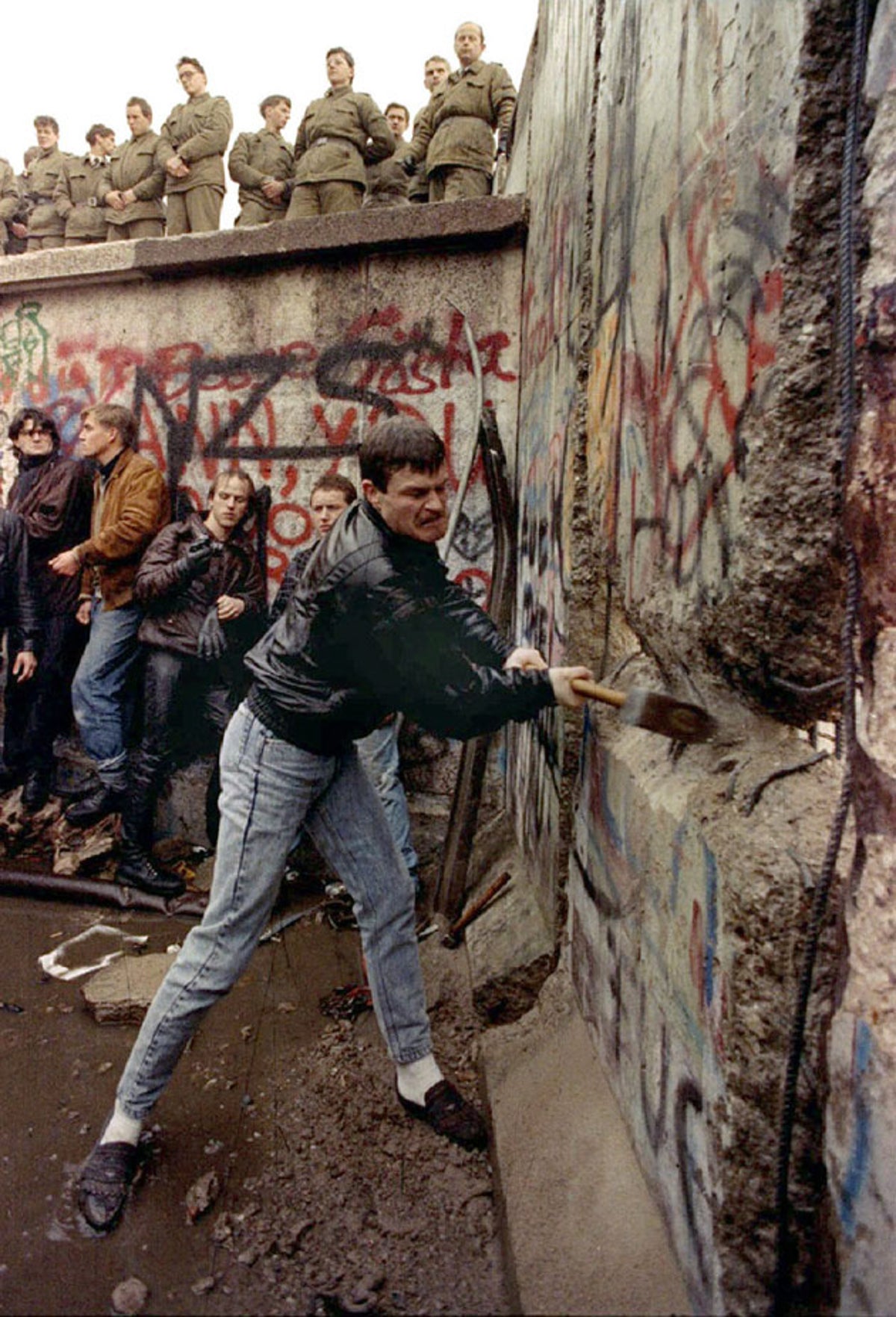Teaching
History and Video Games
I teach History and Video games every other year during our intensive “CentreTerm” in January. We meet three hours a day, every weekday for three weeks. Class meetings include discussions on the historical relevance of games more broadly, how games present historical narratives, and how to interpret historical themes in games, whether developers have placed them there to make specific historical statements or not.
Students make presentations throughout the term on their group project: a video game they have made themselves. This must be a “historical” video game; that can mean characters, setting, or theme. Students submit a portfolio discussing the game’s production in detail and presenting arguments as to why the game should be considered “historical”.
In recent years students have shared their games on Itch; you can find them here.
History Bots
Another CentreTerm class, History Bots also focuses on group work. Each group of four or five students receives a Raspberry Pi and are asked to create their own “History Bot”: some kind of historically themed physical device that can be interacted with. The first time I taught this class I had one group make a lego model with an articulating arm that played guitar, referencing the American cultural myth of Robert Johnson selling his sould to the devil at the crossroads; and another group that created a chatbot using quotations from Martin Luther King Jr, with a speaker and microphone located inside a 3D-printed bust of King’s head.
The class, by design, requires a bit of work to learn some basics in Python and managing the Raspberry Pi hardware. It’s a fantastic way to demonstrate a different approach to how we tell and experience history.
Creating the Orient
One of my upper division courses here at Centre, Creating the Orient focuses mostly on representations of East Asian people in modern Western culture. We start the term by reading excerpts from Said’s Orientalism, and move towards discussion of how this has been applied to people from East Asia and to their decendants.
This is always a fun class to teach. Lots of pop culture references, but I still get to talk about the Opium War. The in-class discussion sources are great too: we go from Marco Polo’s The Travels to Puccini’s Turandot to SNL sketches.
End of History
I teach this as one of our DLM courses in the spring; that is, this is a class for first year students only, focusing specifically on developing their oral communication skills. We talk about the postwar twentieth century world, before quickly moving on to the 1980s and the end of the Cold War. We then spend most of the term effectively looking at a history of the period between 1991 and 2001.
The class works well: we can talk about the fallout of the Cold War and the assumptions, particularly in the West, that followed. The class also allows for a considerable amount of cultural history: students have given great presentations on topics like political representations in 1990s American hip-hop and the historical relevance of Death and the Maiden.






